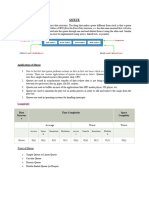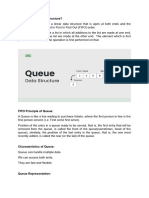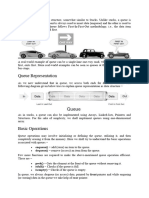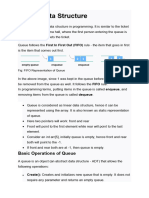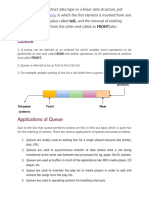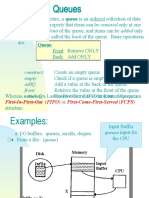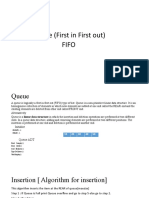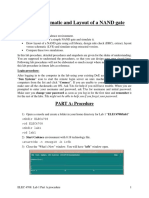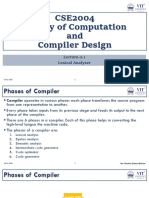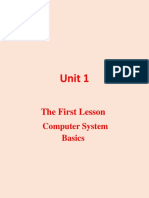0% found this document useful (0 votes)
17 views12 pagesUnit 3 Queues
This document provides an overview of queues, a linear data structure that follows the FIFO (First In First Out) principle, detailing their definition, operations, and various types such as circular queues, deques, and priority queues. It explains basic operations like enqueue and dequeue, as well as applications of queues in real-world scenarios. Additionally, it covers implementation techniques and examples for each type of queue.
Uploaded by
laita nikamCopyright
© © All Rights Reserved
We take content rights seriously. If you suspect this is your content, claim it here.
Available Formats
Download as PDF, TXT or read online on Scribd
0% found this document useful (0 votes)
17 views12 pagesUnit 3 Queues
This document provides an overview of queues, a linear data structure that follows the FIFO (First In First Out) principle, detailing their definition, operations, and various types such as circular queues, deques, and priority queues. It explains basic operations like enqueue and dequeue, as well as applications of queues in real-world scenarios. Additionally, it covers implementation techniques and examples for each type of queue.
Uploaded by
laita nikamCopyright
© © All Rights Reserved
We take content rights seriously. If you suspect this is your content, claim it here.
Available Formats
Download as PDF, TXT or read online on Scribd
/ 12



